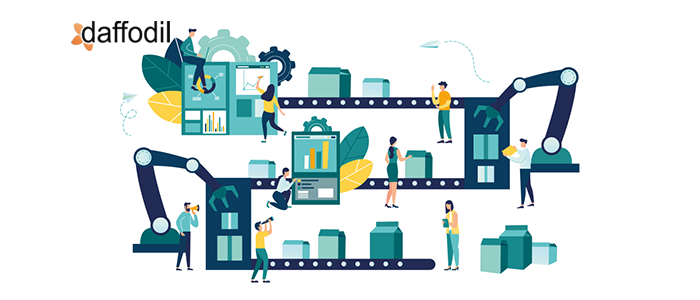
To understand event-driven automation we first need to define what is an event? As per the Information Technology Infrastructure Library (ITIL), an event is a change of state that holds importance for the management of an IT service or other Configuration Item (CI).
According to this, an event could be anything, even a small trigger leading to a chain of events including errors or bugs, et al.
It’s important to monitor these events with a tool such as DataDog so that these events do not turn into incidents. Now, what is an incident? Any unintentional interruption that can lead to a quality reduction of an IT service is an incident. With the use of monitoring tools, one can identify incidents from events, and if it needs a fix. In case there is an issue it will raise an alert which usually is a notification and demands the necessary corrective steps to be taken.
What is event-driven automation?
Event-driven automation manages defined security and operations issues. It prevents a known security threat from being executed in the environment. Now, to automate the blocking of non-blocking actions demands you to track deployment events and introduce responses to such threats in the deployment process.
Also Read: GCP to AWS Migration: Why and How to Make the Move
What do you need for event-driven automation?
To implement event-driven automation it is important for security and Ops teams to have access to data crucial to events in the environment that demand a response. This data usually comes in the server logs tools such as Splunk, ElasticSearch to name a few. Simply put, a team can’t automate responses to events without knowing about the events.
If you need to implement event-driven automation, then you need to embed it into processes that can introduce security risks or threats in the very environment. Security teams should be able to analyze the environment and introduce events in case of security vulnerability.
Advantages of event-driven automation
Companies can interpret data by using event-driven or rules-based applications and carry out the changes needed to improve performance and security. This information can also be used to model and deploy auto-responses to events making the businesses more efficient. One of the many ways to implement event-driven automation is the AWS platform that provides its users with the requirements for event-driven security and automation.
With AWS, your security team can automate detection, intrusion, compliance, and response to on-premises systems. This eases the load off your team as most of the work is taken care of by AWS. Your security team could therefore utilize their bandwidth on coming up with security rules.
Also Read: DevOps vs. CloudOps: What's the Difference?
Conclusion
Without event-driven automation, big businesses can’t use the performance data that is readily available to them. Companies need to realize the benefits of event-driven architecture. For more information on how you can switch to better technologies for your business contact our team of experts today.



